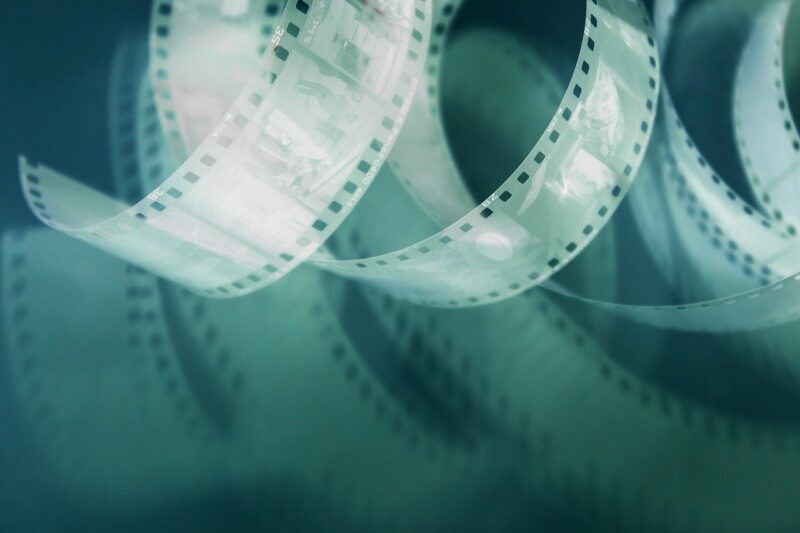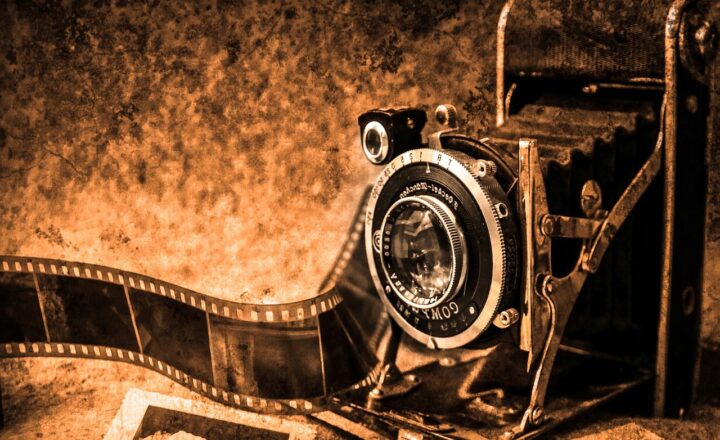The Role of Soundtracks in Building Suspense in Modern Cinema
November 15, 2024

Soundtracks have long been recognized as a crucial element in film, serving not just to accompany visuals but to enhance emotional depth, build suspense, and guide audience reactions. In modern cinema, where competition for attention spans is fierce and audiences crave immersive experiences, the use of soundtracks to build suspense has become more sophisticated than ever.
1. Understanding Suspense in Film
Suspense can be defined as the anxiety that builds up in an audience as they anticipate an outcome, specific event, or twist in the plot. It plays on the unknown and creates a feeling of uneasiness that holds the viewer’s attention. The psychological aspects of suspense can be significantly enhanced by the choice and arrangement of music.
The combination of visual storytelling and sound creates a nuanced atmosphere that can make an audience hold their breath, waiting for the climax. Understanding how music interacts with a scene can deepen our appreciation of this cinematic art form.
2. The Historical Evolution of Film Soundtracks
Historically, sound in film began as simple background scores used to mimic the actions on screen. Early film composers focused on enhancing storytelling elements rather than explicitly establishing suspense. However, with the advent of technological advancements and more complex narratives, the role of music evolved.
In classic cinema, composers like Bernard Herrmann utilized orchestral scores in films like *Psycho* (1960) to create unforgettable suspenseful moments. The infamous shower scene is a prime example where piercing strings evoke horror, heightening the tension that is palpable even decades later.
Modern directors and composers have taken these foundational techniques and expanded upon them by blending electronic music, ambient soundscapes, and silence to induce suspense. Think of the minimalist scores of contemporary films like *A Quiet Place* (2018) or *Hereditary* (2018), where silence itself becomes a character that builds tension.
3. Techniques for Building Suspense Through Soundtracks
Many techniques are employed by composers to create layers of suspense in a film. Here are a few prominent methods:
- Dissonance and Tension: The use of dissonant chords, lacking harmony, can evoke feelings of instability. This technique has been used effectively in films like *The Exorcist* (1973), where unsettling soundscapes contribute to an atmosphere of fear and uncertainty.
- Tempo and Rhythm Changes: Variations in tempo can shift the pacing and ramp up tension. In thriller films, accelerated musical scores often indicate a potential danger, drawing viewers to the edge of their seats.
- Foreshadowing with Leitmotifs: Composers often create musical themes or motifs that are associated with characters or situations. A recurring, ominous theme can foreshadow impending danger and build emotional stakes, as seen in *Jaws* (1975) with its iconic two-note motif that anticipates the shark’s approach.
- Use of Silence: Sometimes, silence speaks volumes. In many modern horror and suspense films, prolonged silence heightens tension and creates an atmosphere of dread. The shock of sudden sound after a tense silence can be even more jarring, further amplifying suspenseful moments.
With these techniques, filmmakers effectively manipulate audience emotions, creating an unforgettable suspense experience.
4. Iconic Soundtracks That Defined Suspense
Let’s delve into a few soundtracks that have exemplified how music can build suspense throughout modern cinema:
- Hans Zimmer – *Inception* (2010): The intricate use of orchestral elements alongside electronic sounds creates a multifaceted listening experience that immerses viewers into the dreamlike tension of the film. The haunting track “Time” subtly builds anticipation, enhancing the film’s climactic moments.
- Clint Mansell – *Requiem for a Dream* (2000): This score utilizes a haunting accompanying arrangement that perfectly complements the film’s dark narrative. The repeated motif intensifies the viewer’s anxiety as suspense mounts throughout the story.
- Trent Reznor and Atticus Ross – *The Social Network* (2010): Their innovative use of electronic sound mixed with orchestral elements created a sense of unease that underscored the film’s themes of betrayal and ambition, establishing suspense that lingered long after the credits rolled.
- John Williams – *Jaws* (1975): The simplicity of the two-note motif is enough to send chills down the spine of audiences, perfectly encapsulating the idea of an impending threat, setting the tone for the suspenseful nature of the film.
These compositions have shown us how powerful sound can be in shaping emotion and suspense in film.
5. The Future of Soundtracks in Building Suspense
As technology continues to advance, the future of film soundtracks holds exciting potential. Virtual reality (VR), augmented reality (AR), and surround sound are new tools filmmakers will utilize to craft even more immersive cinematic experiences. Innovations in sound design may allow viewers to interact with music as the flow of the narrative changes, further enhancing tension.
Interactive storytelling could also lead to personalized experiences where the user’s actions may shift the soundtrack dynamically, creating a more tailored suspense experience. Thus, the art of suspense in cinema is far from static.
Conclusion
The role of soundtracks in building suspense in modern cinema cannot be overstated. The power of music to evoke emotional responses and heighten tension is a tool that filmmakers must harness skillfully. As we move forward, an understanding of sound as an integral part of the narrative will be essential, pushing the boundaries of how stories are told on screen. Through the marriage of sound and visuals, cinema will continue to capture the profound experience of suspense that keeps audiences captivated.
Whether through dissonance, rhythm changes, or the effective use of silence, the soundtrack is a character in its own right that enriches the storytelling experience. As viewers, we are left with both memories and emotions resonating long after the credits roll.








